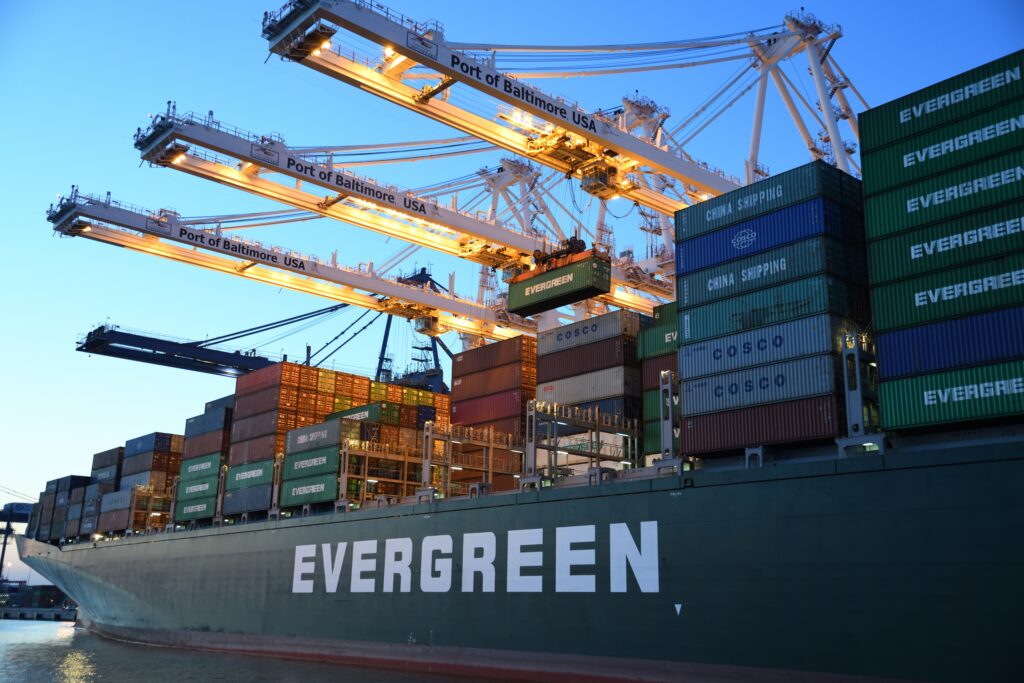
The Mombasa County economy has really suffered in the recent past due to a culmination of various factors, including bad leadership, non-payment of debts by the County Government, the global economic slowdown caused by Covid-19 and the war in Russia and Ukraine.
One other key factor that is very sore for a number of people in Mombasa is the Government directive requiring all cargo imported through the Port of Mombasa to be transported exclusively through the Standard Gauge Railway (SGR). The fortunes of many container freight stations in Mombasa fell, employees got fired, debts started piling up, investors in this sector seem to be relocating by the day, auxiliary businesses that have been unable to diversify are shutting down causing more layoffs and the cycle continues.
Given that the container freight stations were amongst the major employers in Mombasa, the Government directive relating to the SGR has received a lot of attention, but perhaps too much attention at the cost of all the other problems that continue to plague the Port City.
Despite having at least 4 Master Plans, little has been done to implement the aspects of the proposed land use plans that fall within the purview of the County Government. Mombasa still has unclear sub-centres. The existing sub-centres such as Likoni, Bamburi, Kongowea and Miritini continue to expand unplanned and the sprawl continues.
The logistics transport and local transport is still mixed, greatly affecting the logistics transport. There are ongoing projects to alleviate this but mostly being pushed by the National Government instead of the County Government.
Water challenges persist and ground water abstraction continues unplanned which is worrying given the increasing rate of saltwater intrusion in the County. There is a rising drug problem among the youth. A non-existent solid waste management system. Protected areas such as the mangrove forest and coral reef continue to be degraded. The list goes on. Regeneration of Mombasa is urgently needed.
For the new leadership a resolution to implement even 25% of one of the existing Master Plans would definitely turn around Mombasa’s economy. Among the proposals is to strengthen existing sub-centres such as Changamwe/Miritini as a logistics centre and revival of commercial and tourism functions in Mombasa Island. Another key proposal is the development of new sub-centres to decongest the Island and existing urban areas.
Some of the proposed sub-centres include: New Miritini comprising mostly of public land which the County Government can zone and develop more easily; Dongo Kundu SEZ one of Vision 2030’s flagship projects linking industrial development and logistics and receiving a lot of National Government support; Mwakirunge Eco City for low density environmentally friendly development.
This is not to mention the benefits expected from the ongoing and planned National Government projects in Mombasa such as the Mombasa Southern Bypass, Mombasa Port Expansion, Makupa Bridge, Dongo Kundu Free Trade Port, Mombasa Gate Bridge, expansion of railway transport, the Studio Mashinani initiative, automotive parts, motorcycle and components programme.
All these present viable opportunities to change the prospects of Mombasa County and its approximately 1.2 Million residents.
It is hoped that the new County leadership will undertake to formulate and implement new zoning regulations in line with the proposed land use plans in order to guide the expected developments, to ensure its orderly and with sufficient social amenities. Further, it may be necessary for the County Government to undertake a skills inventory to determine the skills and expertise currently available measured against the skills required for the expected logistics management and manufacturing developments such as agro-industrial zones incorporating activities such as blending and packaging of fertilizers, teas and coffees, and a consolidated meat and fish processing facility.
This would also help to inform the County’s strategy relating to tertiary education including vocational training which falls under County functions.
The County should also plan and construct the linking infrastructure to supplement the ongoing National Government road projects mentioned above, as part of helping its residents and investors to harness the potential of all the planned infrastructure.
Further, the County Government should lead the discussions on separation of logistics transport and local transport as it will also entail a lot of public participation.
Re-organization of Mombasa Island into a commercial and vibrant tourist centre similar to Rome and Lisbon will absolutely require good planning and a lot of public participation because with the community buy in, it will never be a reality.
In respect of the quality of life of its residents, it would be reasonable for the County Government to conduct a needs analysis of social facilities and begin constructing them progressively from the most critical ones. Health service should be top on the list. If there was a score for health workers’ morale where 0 is lowest and 10 is highest, Mombasa would score 2. Paying salaries, and paying salaries at the agreed time, is among the fundamental rights of the health workers.
Once payment of salaries of the existing health workers is regularized, the County Government should resolve the understaffing issue especially critical cadres such as nurses. As at May 2018 (before the recruitment of Kenyan nurses in the UK began) Mombasa County had 1,677 health workers against the required 4,483, meaning it was understaffed by 65%. It is therefore crucial for the County Government to address the staffing issue in its health facilities.
To augment its health services structure, the County can incorporate a paid community health workers model in its workforce structure for primary intervention. The preventative approach taken by community health workers would help avert diseases thereby reducing the public health burden. Further, hospitals without medicine are just buildings. The County Government should prioritize timely payment of KEMSA debts to ensure uninterrupted supply of medicine.
Lastly, Mombasa is in dire need of a sustainable solid waste management plan. This area presents a lot of opportunities for investors in circular technologies, job creation, and additional revenue source for the County and much more.
That said, Mombasa still wants its Port back.